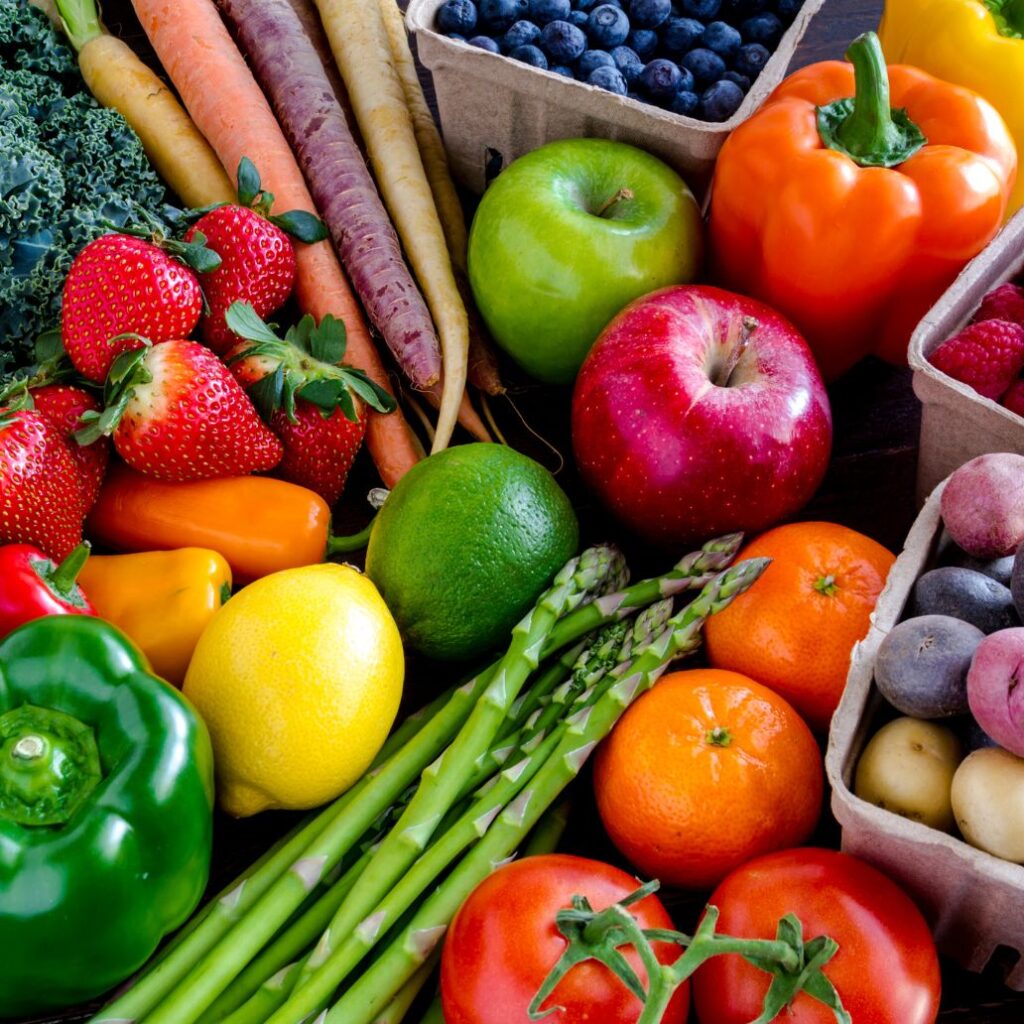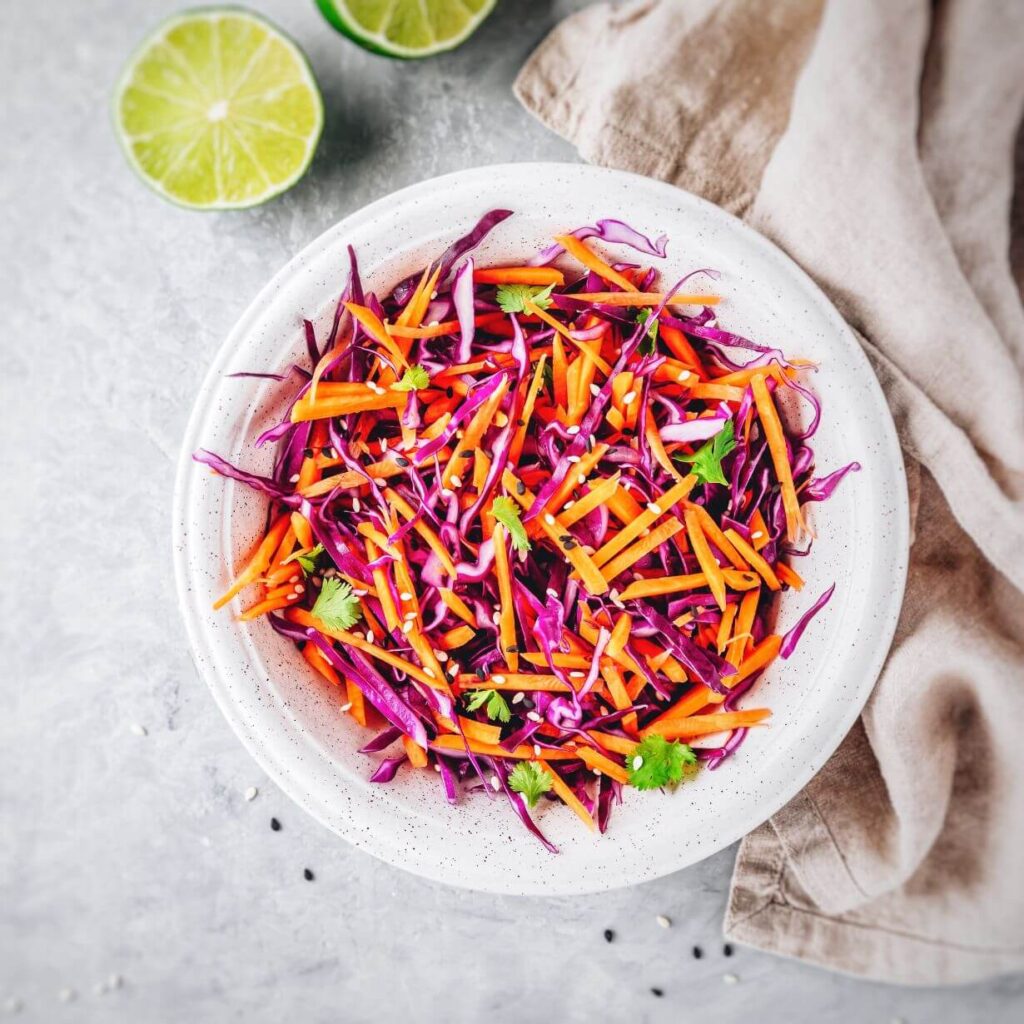You may have heard of the terms antioxidants, free radicals, and oxidation or oxidative stress. But what do they mean and how do they affect male and female fertility? Read on to find out.

What are free radicals?
A free radical is made by the process of oxidation during normal cell metabolism. A free radical is a molecule with one spare electron that bounces around until it finds another molecule with a space for that electron.
The bar analogy
Imagine two single people at the bar. When they find each other, if it’s a good match, they stabilise and things are cool. If it’s a bad match, someone gets hurt.
A free radical meeting up with an antioxidant is a good match.
A free radical meeting up with an egg or sperm cell is a bad match. The cell is weakened and unable to protect itself as well as it could before. At first it doesn’t show, but cells are like the ‘lonely hearts’ at the bar – vulnerable to the predatory charms of a free radical. Over time, that cell hooks up with another free radical, and another, and another, getting progressively more damaged and stressed.
This stress is known as oxidative stress. It can damage cell structures, weaken or kill cells, potentially causing DNA damage and mutations, inflammation, or other problems we’d rather avoid.
What is oxidation?
When a molecule loses an electron, it’s called oxidation. When a molecule gains an electron, it’s called reduction. If that sounds counter intuitive to you (ie to say something is reduced when it gains something), you’re right. But remember the bar analogy – the ‘lonely heart’ egg or sperm cell has gained a predatory free radical and is left damaged. That’s a loss.
When our bodies process oxygen, it gets converted into different forms of oxygen. Some of these are known as chemically reactive oxygen species. The oxygen species thought to be most damaging to egg and sperm cells are known as free radicals. The production of free radicals and other reactive oxygen species is a normal and essential biological process, and the body is usually keeps itself in balance. But sometimes, the levels of these oxygen species can increase and the body can’t keep up.
Lifestyle factors like a poor diet, alcohol, exposure to pollution, smoking and environmental toxins all have an impact. These factors increase the predatory free radicals, which damage both egg and sperm cells and affect their quality.
What about antioxidants?
What we really want, are some Happy Ever Afters… Lots of antioxidants to get those predatory radicals into stable relationships!
So, to play matchmaker for vulnerable egg and sperm cells, you need to think about how to keep the predators away.
Start with what you eat, what you drink, and what you apply to your skin. These all matter.
How to increase antioxidants
Antioxidants are found in food, especially fruit and vegetables. You can increase your intake of antioxidants by:
- Eating the rainbow: This is one of the most important things you can do to support your fertility, and it’s easy! Eating the rainbow is as straightforward as eating all the colours of the rainbow everyday.
- Increasing variety: We’re all guilty of falling into the trap of buying the same vegetables and fruits week-in, week-out. It’s time to step out of your comfort zone and be adventurous. Aim for 30 different plants over the course of a week. Try these ideas to boost your veggie intake and increase variety:
- Make a pizza base out of cauliflower – trust me it’s delicious
- Use courgette (zucchini) to make courgette noodles (AKA courgetti)
- Broccoli and cauliflower both make a great alternative to rice
- Add a veggie side to your meals
- Cook with herbs and use them as a garnish – they’ll add tons of flavour
- Eat fresh fruit and vegetables as soon as you can after purchase: The longer they are stored, the more nutrients they lose. Eat a variety of cooked and raw vegetables.
- Make use of your freezer: Frozen fruits and vegetables are typically picked ripe and flash-frozen to preserve their nutrition. They can be a better choice than fresh, which quickly lose nutrients.
Join the Recipe Hub for access to these antioxidant-rich fertility recipes:
- Rainbow abundance bowl
- Spring vegetable shakshuka
- Cauliflower rice tabbouleh bowl
- Rainbow salad bowl
- Mediterranean chicken one-pan
- Rainbow stir-fry
…And lots more!

More articles to read
I hope this post has clarified what free radicals, oxidation, and oxidative stress mean, and you’re feeling inspired to eat more veg! When you have a powerful why, it’s easier to take action. I’d love to hear what you think in the comments below, or post in The Fertility Kitchen Community.
comments +